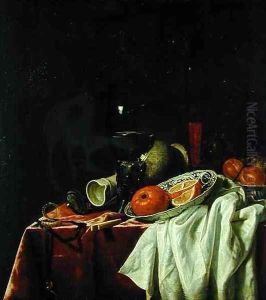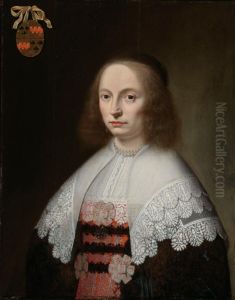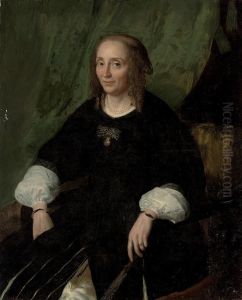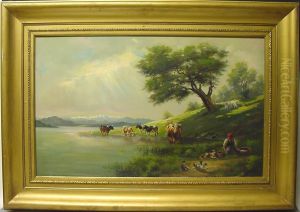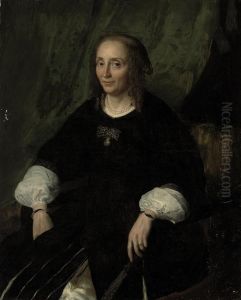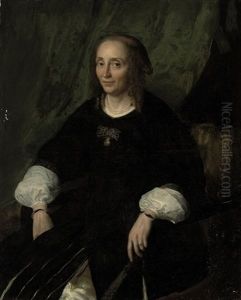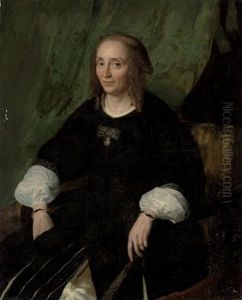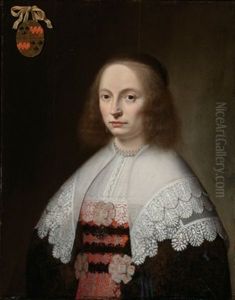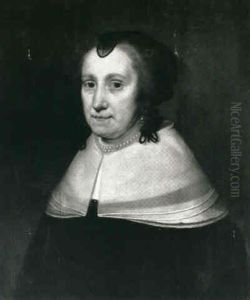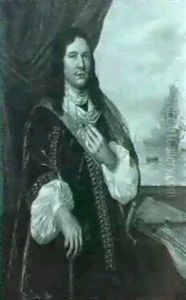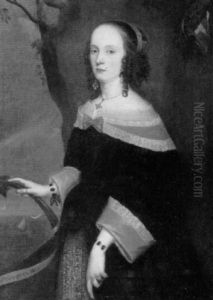Paulus Hennekyn Paintings
Paulus Hennekyn is a name that may not resonate with the broad audience familiar with the grand masters of the Dutch Golden Age, yet his contributions to the period's artistic landscape are not to be overlooked. Born in the Netherlands in 1600, Hennekyn's life and work were emblematic of the era's burgeoning interest in detailed, realistic portrayals of everyday life, nature, and society. His lifespan encompassed a period of remarkable prosperity and cultural achievement in the Netherlands, known as the Dutch Golden Age, during which art, science, trade, and the military flourished.
Hennekyn's oeuvre is less documented than that of his contemporaries, such as Rembrandt or Vermeer, leading to a certain obscurity in historical records. Nonetheless, available evidence suggests that he was deeply influenced by the prevailing artistic trends of his time—particularly the meticulous attention to detail and the fascination with capturing the interplay of light and shadow, which were hallmarks of the period's aesthetic. His works, though few have been definitively attributed to him, typically feature scenes of daily life, with a focus on the quiet, often overlooked moments that define human experience.
Throughout his career, Hennekyn remained in the Netherlands, absorbing the influences of his more famous peers and contributing to the rich tapestry of Dutch art. His paintings, characterized by their vibrant realism and emotional depth, reflect a keen observer of the world around him, capable of finding beauty in the mundane. Despite the scarcity of surviving works confidently ascribed to Hennekyn, those that are feature a remarkable attention to detail, a testament to his skills and dedication to his craft.
Paulus Hennekyn's death in 1680 marked the end of a life lived amidst one of the most fertile periods in Western art history. While his name may not headline the annals of art history, his contributions embody the spirit of the Dutch Golden Age—a testament to the era's celebration of artistry in all its forms. Today, Hennekyn's legacy is appreciated by a niche of art historians and enthusiasts who recognize his work as part of the broader narrative of Dutch painting, symbolizing the era's rich cultural heritage and its enduring influence on the development of Western art.
